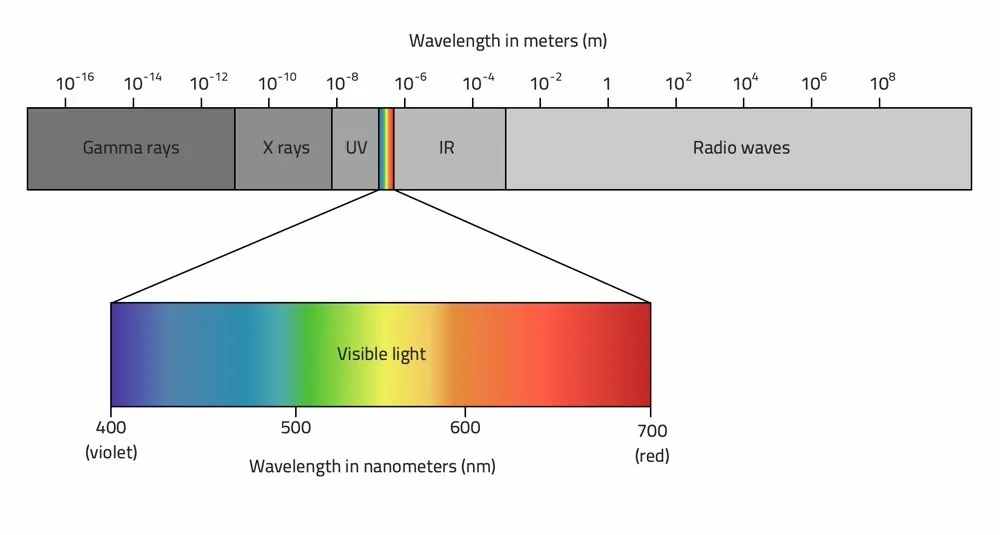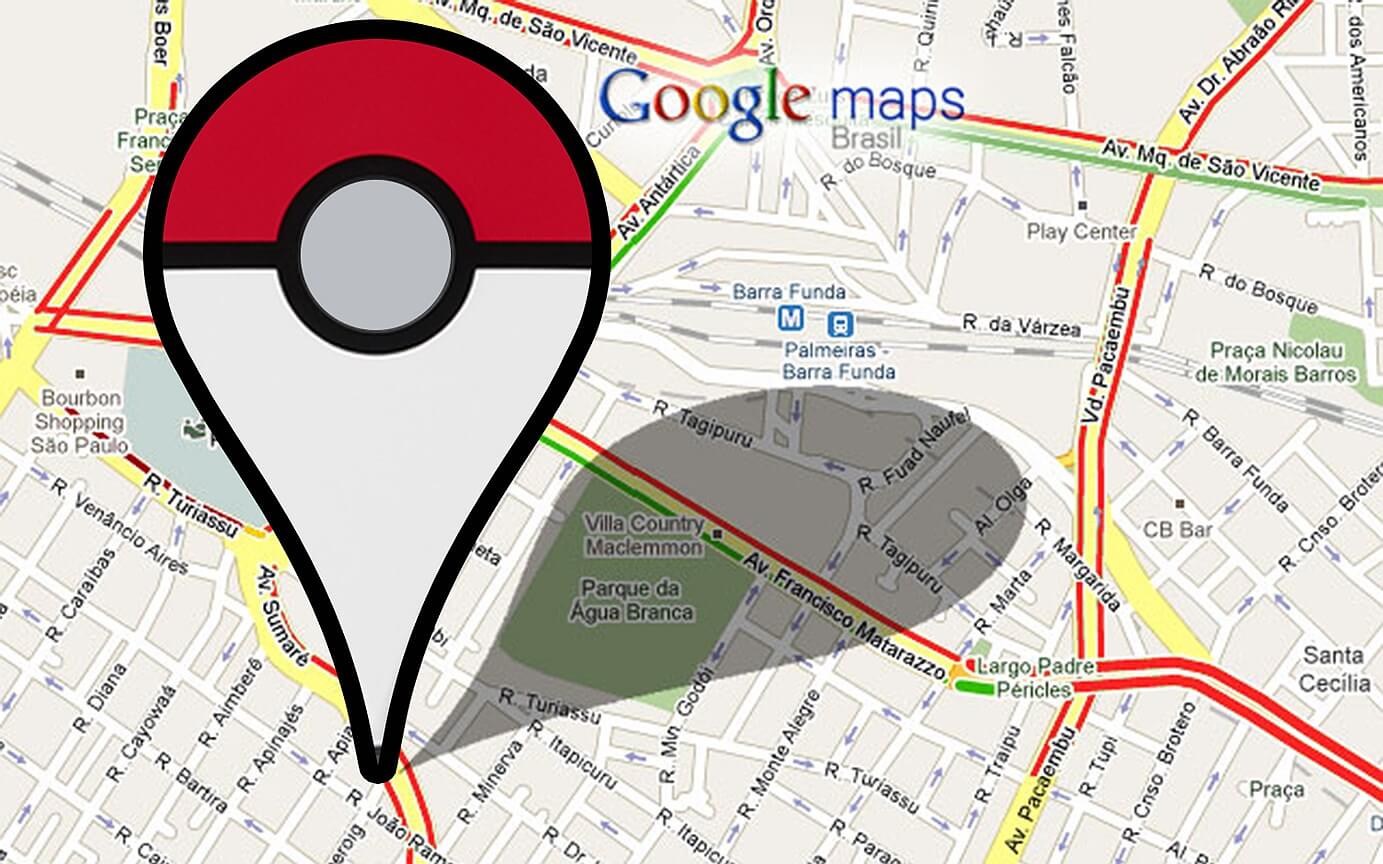Introduction
The electromagnetic spectrum is a vast continuum of electromagnetic radiation, encompassing everything from radio waves to gamma rays. It’s the fundamental fabric of the universe, allowing energy and information to propagate through space. In this blog, we’ll explore the different regions of the spectrum, their properties, and practical applications.
What Is the Electromagnetic Spectrum?
The electromagnetic spectrum is the range of all types of electromagnetic radiation, which are waves of electric and magnetic fields that travel through space. These waves vary in wavelength and frequency, creating a spectrum that encompasses a broad range of electromagnetic phenomena. Here’s a detailed breakdown of the electromagnetic spectrum:
1. Radio Waves
- Wavelength: Longest (from about 1 millimeter to over 100 kilometers)
- Frequency: Lowest (from about 3 kHz to 300 GHz)
- Uses: Communication (radio, TV broadcasting, cell phones), navigation (GPS), and astronomy.
2. Microwaves
- Wavelength: From about 1 millimeter to 1 meter
- Frequency: From about 300 MHz to 300 GHz
- Uses: Cooking (microwave ovens), communication (Wi-Fi, Bluetooth), radar, and satellite transmissions.
3. Infrared (IR)
- Wavelength: From about 700 nanometers (nm) to 1 millimeter
- Frequency: From about 300 GHz to 430 THz
- Uses: Thermal imaging, remote controls, optical fiber communication, and astronomy.
4. Visible Light
- Wavelength: From about 400 nm to 700 nm
- Frequency: From about 430 THz to 770 THz
- Uses: Human vision, photography, illumination, and optical instruments.
- Colors: Includes red, orange, yellow, green, blue, indigo, and violet (ROYGBIV).
5. Ultraviolet (UV)
- Wavelength: From about 10 nm to 400 nm
- Frequency: From about 770 THz to 30 PHz
- Uses: Sterilization, fluorescent lamps, tanning, and astronomy.
6. X-Rays
- Wavelength: From about 0.01 nm to 10 nm
- Frequency: From about 30 PHz to 30 EHz
- Uses: Medical imaging (X-ray machines), security (airport scanners), and astronomy.
7. Gamma Rays
- Wavelength: Shortest (less than 0.01 nm)
- Frequency: Highest (greater than 30 EHz)
- Uses: Cancer treatment (radiotherapy), sterilization of medical equipment, and astronomy.
Key Concepts
- Wavelength: The distance between successive peaks of a wave. Longer wavelengths correspond to lower frequencies and vice versa.
- Frequency: The number of wave cycles that pass a given point per second. Measured in hertz (Hz).
- Photon Energy: Higher frequency waves (such as X-rays and gamma rays) carry more energy per photon compared to lower frequency waves (such as radio waves).
Applications and Importance

- The electromagnetic spectrum is crucial for many technologies and scientific fields. Each type of electromagnetic radiation has unique properties and applications, making it an essential concept in physics, engineering, and various industries.
- Understanding the electromagnetic spectrum allows scientists and engineers to develop technologies like MRI machines, remote sensing satellites, wireless communication networks, and more.
Historical Journey
- Ancient Greek Insights:
- The ancient Greeks were pioneers in studying light. They observed its properties, including reflection and refraction. Their curiosity laid the groundwork for future discoveries.
- Newton’s Prism and the Spectrum:
- Sir Isaac Newton, the brilliant physicist, conducted groundbreaking experiments with prisms. He discovered that white light could be split into a spectrum of colors when passed through a glass prism. This revelation led to the term “spectrum” to describe this colorful phenomenon.
- Young’s Double-Slit Experiment:
- In the early 19th century, Thomas Young conducted a pivotal experiment that confirmed light’s wave nature. By shining light through two closely spaced slits, he observed interference patterns—evidence that light waves could interfere constructively or destructively. This experiment solidified the wave theory of light.
- Infrared Radiation Unveiled:
- In 1800, the astronomer William Herschel made an accidental discovery. While studying sunlight, he placed a thermometer just beyond the red end of the visible spectrum. Surprisingly, the thermometer registered a temperature increase. Herschel had stumbled upon infrared radiation—the invisible heat beyond red light.
Conclusion
The electromagnetic spectrum is a fundamental concept that underpins many aspects of modern science and technology. Spanning a vast range of wavelengths and frequencies, it includes diverse types of electromagnetic radiation, each with distinct properties and applications. From the longest radio waves used in communication to the shortest gamma rays employed in medical treatments, the electromagnetic spectrum plays a crucial role in our daily lives and technological advancements. Understanding this spectrum enables the development of a wide array of technologies, from medical imaging devices and communication systems to astronomical instruments and household appliances. As we continue to explore and harness the electromagnetic spectrum, its applications will undoubtedly expand, driving innovation and enhancing our understanding of the universe.
FAQ’s
Q. What is the electromagnetic spectrum?
A: The electromagnetic spectrum is the range of all types of electromagnetic radiation, from radio waves to gamma rays, characterized by varying wavelengths and frequencies.
Q. What are the main regions of the electromagnetic spectrum?
A: The main regions of the electromagnetic spectrum include radio waves, microwaves, infrared radiation, visible light, ultraviolet radiation, X-rays, and gamma rays.
Q. What are some common uses of radio waves?
A: Radio waves are commonly used in communication systems such as radio and television broadcasting, cell phones, GPS, and wireless networks.
Q. Can humans detect all types of electromagnetic radiation?
A: No, humans can only directly detect visible light with their eyes. Other types of electromagnetic radiation require specialized instruments and detectors to observe and measure.












